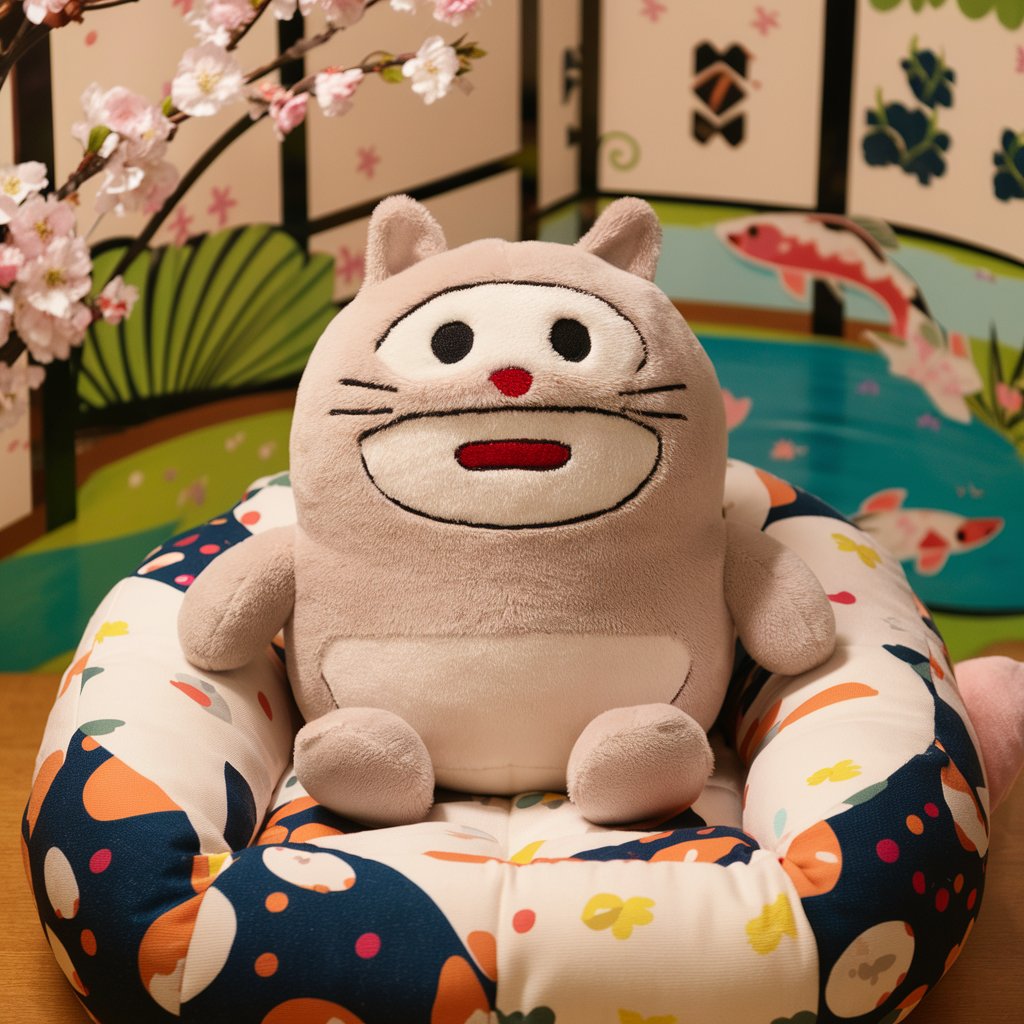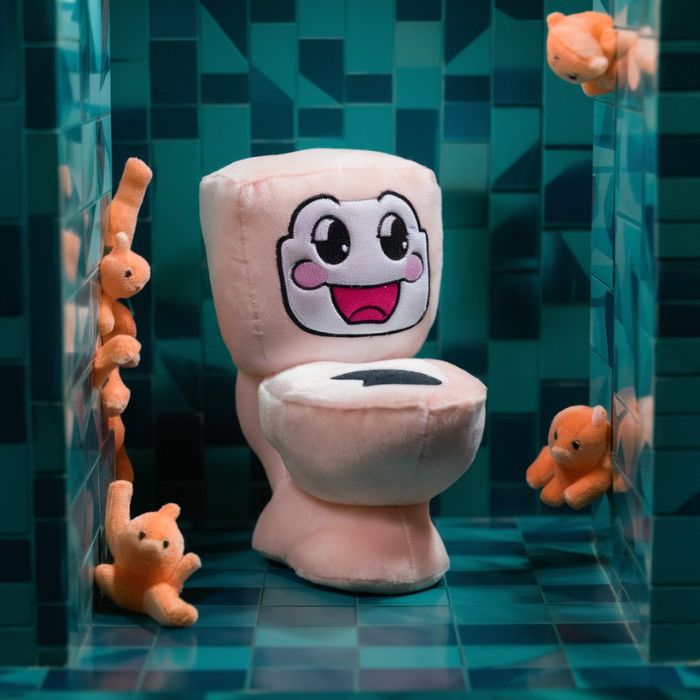Mastering fashion design is more than just creating beautiful clothing; it’s an art form, a craft, and a business all rolled into one. It combines creativity with technical skills and a deep understanding of the market. This blog explores the multifaceted world of fashion design, from its history and key elements to the process of creating a collection and the future of the industry.
The Evolution of Fashion Design
Early Beginnings
Fashion design has ancient roots, dating back to when humans first began to adorn themselves. Early clothing was primarily functional, meant to protect against the elements. However, as societies evolved, so did the desire to express identity and status through clothing.
The Birth of Haute Couture
The modern concept of fashion design as we know it began in the mid-19th century with Charles Frederick Worth, who is often considered the father of haute couture. Worth’s creations in Paris set the stage for fashion houses and the designer-led industry. He introduced the idea of fashion shows and seasonal collections, which are now industry standards.
The Rise of Ready-to-Wear
The 20th century saw significant changes with the advent of ready-to-wear (prêt-à-porter) fashion. Designers like Coco Chanel and Yves Saint Laurent revolutionized the industry by making stylish clothing more accessible to the masses. This era marked the democratization of fashion, where trends could quickly spread from the runway to the streets.
Key Elements of Fashion Design
Creativity and Innovation
Fundamentally, fashion design is about originality and creativity. Designers must constantly push the boundaries of what is possible, experimenting with new materials, techniques, and silhouettes. They draw inspiration from a wide range of sources, including art, culture, history, and nature.
Technical Skills
Technical proficiency is just as crucial as inventiveness. Designers must be proficient in pattern making, sewing, and garment construction. Understanding the properties of different fabrics and how they interact with the human body is crucial for creating functional and aesthetically pleasing clothing.
Understanding Trend
Fashion follows a natural cycle, with trends emerging and disappearing. Successful designers must have a keen eye for trends and the ability to predict what will be popular in the future. This involves staying up-to-date with industry developments, cultural shifts, and consumer behavior.
Market Knowledge
Designing beautiful clothing is not enough; designers must also understand their market. This includes knowing who their target customers are, what they want, and how much they are willing to pay. Market research and analysis are essential components of the fashion design process.
The Fashion Design Process
Research and Inspiration
Every collection starts with research and inspiration. Designers look for sources of inspiration that resonate with their vision. This could be a particular theme, a historical period, a work of art, or even a personal experience. They gather images, fabrics, colors, and other materials to create a mood board that will guide the design process.
Sketching and Concept Development
Once the inspiration phase is complete, designers begin sketching their ideas. This stage involves translating abstract concepts into tangible designs. Sketching helps designers visualize their ideas and make necessary adjustments before moving on to the next step.
Creating Patterns and Prototypes
With finalized sketches, designers create patterns for each clothing templates or patterns are used to help with cutting and piecing together fabric components. Prototypes or muslins are then made to test the fit and design. This stage involves a lot of trial and error, with designers making adjustments to ensure the final product meets their standards.
Fabric Selection
Selecting the appropriate fabric is essential to making a design come to life. Designers consider the weight, drape, texture, and color of fabrics to ensure they complement the design. Sustainable and innovative materials are becoming increasingly popular as the industry shifts towards more eco-friendly practices.
Construction and Production
Once patterns and fabrics are finalized, the construction phase begins. This includes cutting the fabric, piecing the pieces together, and embellishing or attaching buttons or zippers as necessary. For large-scale production, designers work with manufacturers to produce the final garments.
Presentation and Marketing
The final step in the fashion design process is presenting the collection. This is typically done through fashion shows, look books, and marketing campaigns. Designers use these platforms to showcase their work and attract buyers, journalists, and influencers. Increasing sales and brand exposure require effective marketing.
The Role of Technology in Fashion Design
Digital Design Tools
Technology has transformed the fashion design process. Digital design tools like CAD (Computer-Aided Design) software allow designers to create detailed sketches and patterns more efficiently. These tools also enable virtual prototyping, reducing the need for physical samples and speeding up the design process.
3D Printing
3D printing is another technological advancement that is making waves in the fashion industry. Designers can create complex and intricate designs that would be impossible with traditional methods. 3D printing also allows for customization and on-demand production, reducing waste and inventory costs.
Sustainable Practices
Sustainability is a growing concern in the fashion industry, and technology plays a crucial role in addressing this issue. Innovations such as biodegradable fabrics, recycled materials, and eco-friendly dyeing processes are helping designers create more sustainable collections. Technology also enables better supply chain management, reducing the environmental impact of production.
E-Commerce and Digital Marketing
The emergence of e-commerce has revolutionized the marketing and sales of fashion. Through social media, digital marketing initiatives, and online platforms, designers can reach a worldwide audience. This has leveled the playing field, allowing independent designers to compete with established brands.
The Impact of Culture and Society on Fashion Design
Cultural Influences
Fashion design is deeply influenced by culture. Designers often draw inspiration from their cultural heritage, incorporating traditional patterns, textiles, and techniques into their work. Globalization has also led to the blending of different cultural elements, resulting in unique and innovative designs.
Social Movements
Fashion trends are significantly influenced by social movements. For example, the feminist movement of the 1960s and 1970s brought about a shift towards more practical and androgynous clothing. Similarly, the current focus on diversity and inclusion is leading to more representation of different body types, ethnicities, and gender identities in fashion.
Economic Factors
The state of the economy also affects fashion design. During times of economic hardship, consumers tend to prefer more practical and durable clothing. Conversely, economic booms often lead to a demand for luxury and high-fashion items. Designers must adapt to these changes to stay relevant.
Technological Advancements
As previously mentioned, technology continues to shape fashion design. The advent of social media and digital platforms has changed how trends are disseminated and how designers interact with their audience. Virtual and augmented reality are also opening up new possibilities for fashion shows and retail experiences.
The Business of Fashion Design
Building a Brand
Talent alone is not enough to build a successful fashion brand. It includes creating a distinct identity that appeals to customers. This includes developing a brand story, logo, and visual identity. Consistency in branding helps build recognition and loyalty.
Marketing and Public Relations
Promoting a fashion brand requires effective public relations and marketing. This includes creating engaging content, leveraging social media, and building relationships with influencers and the press. Fashion shows, events, and collaborations can also generate buzz and attract attention.
Sales and Distribution
Designers must also consider how their products will be sold and distributed. This involves choosing the right retail channels, whether it’s through physical stores, online platforms, or a combination of both. Pricing strategies, inventory management, and customer service are also crucial components of the sales process.
Financial Management
Managing finances is a critical aspect of running a fashion business. This includes budgeting for production, marketing, and operations, as well as managing cash flow and securing funding. Financial planning helps ensure the sustainability and growth of the business.
The Future of Fashion Design
Sustainability and Ethical Practices
In the fashion industry, ethical and sustainable principles have grown in popularity. Consumers are more aware of the environmental and social impact of their purchases, leading to a demand for transparent and responsible practices. Designers and brands must prioritize sustainability to stay competitive.
Personalization and Customization
Advancements in technology are enabling greater personalization and customization in fashion. Consumers can now order made-to-measure garments or customize designs to their preferences. This trend towards personalization is likely to continue, offering new opportunities for designers.
Virtual Fashion
Virtual fashion is an emerging trend that involves creating digital garments for use in virtual environments. This includes video games, social media, and virtual reality platforms. Virtual fashion allows for limitless creativity and offers new revenue streams for designers.
The Role of AI
The fashion industry is getting ready for a change because of artificial intelligence (AI).AI can be used for trend forecasting, design automation, and personalized recommendations. It can also enhance supply chain efficiency and improve the shopping experience for consumers.
Conclusion
Fashion design is a dynamic and ever-evolving field that combines art, craft, and business. From its historical roots to the latest technological advancements, fashion design continues to shape and be shaped by culture and society Future developments in the sector will depend strongly on innovation, personalization, and sustainability. Whether you’re an aspiring designer or a fashion enthusiast, understanding the intricacies of fashion design can deepen your appreciation for this fascinating art form.










